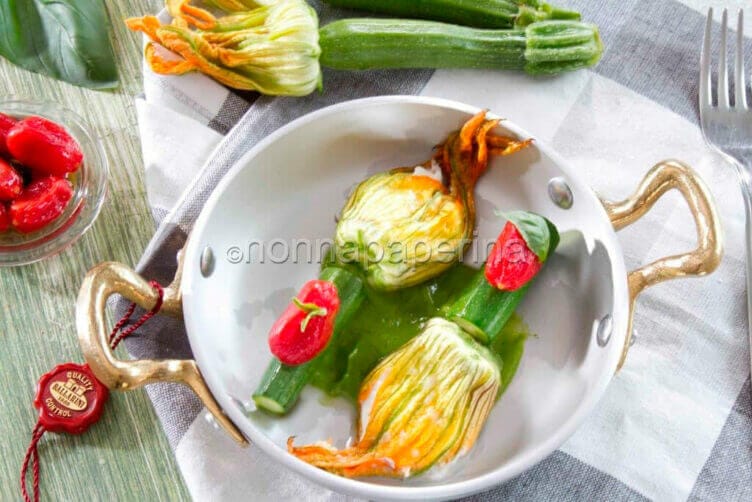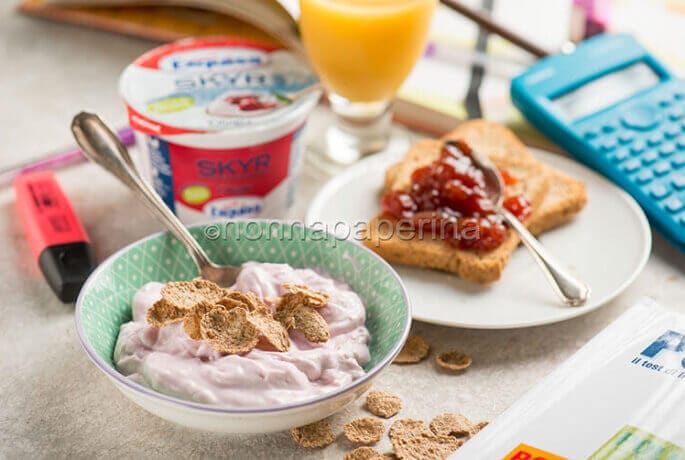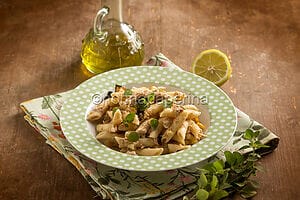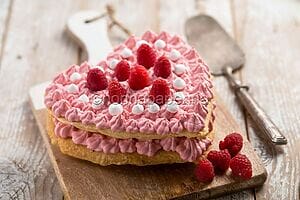Zucchini flowers

What you need to know about zucchini flowers
Zucchini flowers, or, as they are widely known, courgette flowers, are the inflorescences of courgettes. They are among the few edible flowers fully integrated into the Italian gastronomic culture, especially that of the South. They are tasty, colourful, relatively easy to prepare, and light. Obviously, they do not contain fats, and furthermore, their caloric intake is truly negligible, equal to 12 kcal per 100 grammes.
They do, however, have some intriguing nutritional qualities. The abundant forms of iron, calcium, and phosphorus are what I’m talking about. This also applies to certain vitamins, like group B vitamins and vitamin C. Because zucchini (also known as courgette) blossoms are high in dietary fibre, they aid in promoting healthy digestive systems and alleviating constipation. Lastly, its diuretic properties and antioxidant qualities are also valued.
The various types of zucchini flowers
In terms of appearance, taste, and nutritional properties, there are no major differences between one zucchini flower and another if we consider only the zucchini varieties. The real differences persist between “male” flowers and “female” flowers. They are distinguished by their shape, colour, and, partially, by their flavour.
Those who best adhere to the “stereotype” of the zucchini flower are the feminine ones. In fact, they are characterised by their intense yellow colour as well as a more delicate flavour. Male zucchini flowers, on the other hand, tend to be light green and have a more elongated shape. Their taste, despite being extremely similar to the female counterpart, is slightly stronger, with unprecedented hints of sourness (which is pleasant anyway).
Recipe with zucchini flowers?
Zucchini flowers, aka courgette flowers, are one of the emblematic components of several southern cuisines, such as the Calabrian cuisine. Stuffed zucchini flowers are the most well-known dish, a true delicacy that can serve as both a side dish and a second course.
It goes without saying that zucchini flowers can also be used as a garnish for appetisers, with or without tomatoes. In addition, they can stand alone as the primary component in savoury cakes and pies instead of being paired with fish or meat (ham, sausage, anchovies, etc.). Though they can also be stewed or baked, frying is usually the preferred method. In summary, the assortment of dishes shown below demonstrates how incredibly flexible this ingredient is.
Here are the most delicious recipes
The versatility of zucchini flowers, or courgette flowers, if you prefer to call them so, is demonstrated by the large number of recipes they give life to. Here, I present some interesting options for cooking zucchini flowers.
Summer lasagna with zucchini flowers: It is a vegetarian (not vegan) variant of the classic Bolognese lasagna. The zucchini flowers are well washed, sautéed with garlic, and then integrated into a delicious vegetable ragù; therefore, they are an integral part of the filling. Finally, the bechamel sauce makes everything creamier.
Macaroni with zucchini flowers and shrimp: It is a first course that could pass for a complete dish given the abundant presence of fish. Zucchini flowers, however, play an important role; specifically, they are briefly passed over sautéed onions before being added to the pasta.
Cheese-filled zucchini flowers: This is an even simpler version of stuffed zucchini flowers. The filling in this case is made with a delicious mix of cheeses, namely ricotta, stracchino, and mozzarella, all enhanced by chives and pesto.
Ciccioneddos pasta with courgette flowers: It is a very simple first course that enhances the famous Sardinian ciccioneddos pasta. The flavour comes from the zucchini blooms, roasted with tuna and anchovies for the occasion.
Spaghetti with zucchini and stracchino: This is another first course that stands out for its flavour and colour. This recipe not only includes zucchini flowers but also the actual zucchini. It’s an excellent vegetarian dish that takes a few minutes to prepare.
What are the benefits of zucchini flowers?
As we have seen, zucchini flowers boast good nutritional properties. It is therefore not surprising that they bring important benefits to the body.
- They are good for eyesight: Zucchini flowers contain vitamin A and beta-carotene. Their combined action has a positive impact on eye health.
- They are good for the skin: Thanks to the abundance of vitamin A and beta-carotene, zucchini flowers benefit the dermis, making the skin shinier and more elastic.
- They help prevent cancer: This function is determined by the abundant presence of antioxidants, substances that regulate cellular regeneration processes and act to repair DNA.
- They fortify the immune system: The reason for this lies in the abundant presence of vitamin C, which, among other things, facilitates the absorption of iron.
- They stimulate diuresis: Zucchini flowers are characterised by a considerable quantity of water as well as by the presence of purifying substances. Precisely for this reason, they facilitate diuresis and help fight water retention.
Do zucchini flowers have any contraindications? Actually, no, even if it’s crucial to limit consumption. In actuality, zucchini flowers can cause digestive issues just like any other high-fibre food.
Finally, there is a sort of allergy to zucchini flowers, or rather to the zucchini and the family to which it belongs. In addition to gastrointestinal and dermatological complaints, systemic problems are less common.
How to treat zucchini flowers and cleaning tips
In the vast majority of cases, zucchini flowers are sold without being cleaned, so it is up to you to prepare them for cooking. How do you clean it? Here are the steps to keep in mind:
Removal of growths: For this occasion, use a small knife. You should carefully chop off the growths at the base of the plant.
Removal of the pistil. This element is not edible and, in any case, would transmit a bitter flavour. To eliminate it, you will have to open the flower and remove it with a knife.
Washing: At this point, all that remains is to pass the zucchini flowers under running water. Please note that the jet must be delicate in order to preserve its integrity. Once cleaned, the zucchini flowers should be spread out on a cloth and left to dry.


















